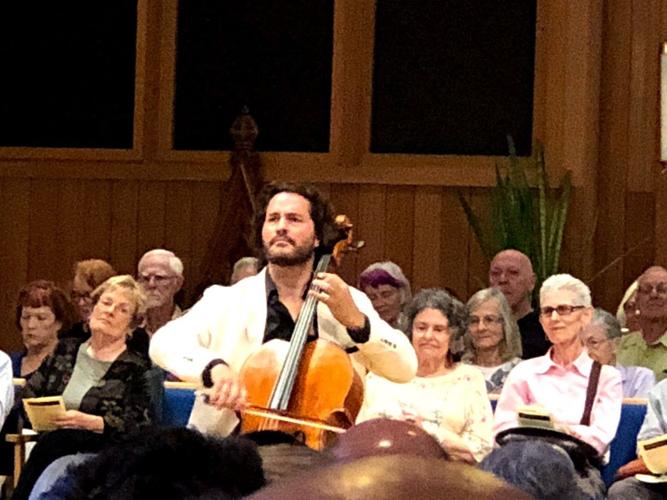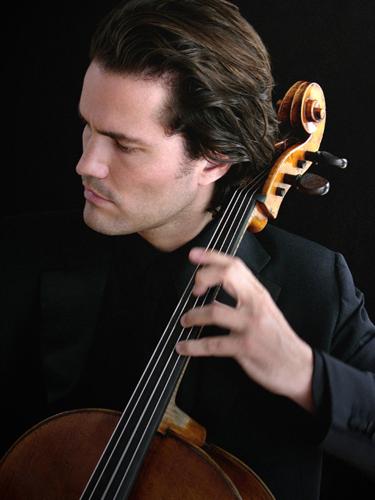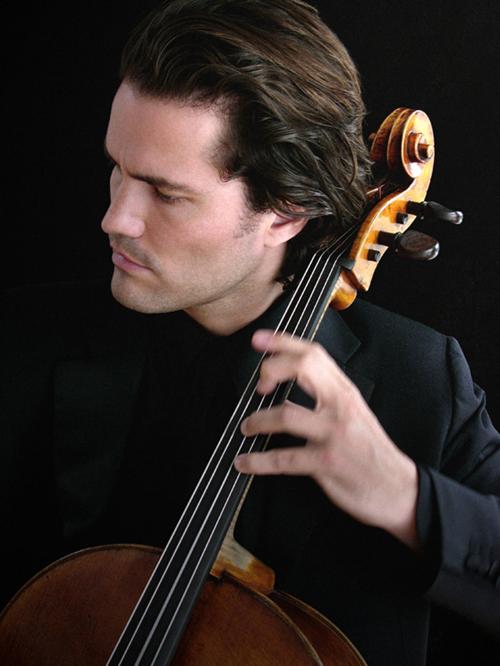I have a confession: Bach’s Cello Suite No. 1 in G major is my jam.
This summer, I put on earbuds and played that piece on a loop during one of my daughter’s basketball games. It was the perfect distraction to drown out the bad officiating and the parents — myself usually included — loudly pointing out the bad calls.
There’s something soul-soothing in those melodies.
On Sunday afternoon, El Paso, Texas, cellist Zuill Bailey revealed far more depth and warmth than I heard in that nameless Spotify recording.
Bailey, whose concert at Grace St. Paul’s Episcopal Church was arguably the highlight of St. Andrew’s Bach Society’s 30th anniversary season, brought out Bach’s lush harmonies with such warmth that it sounded new, like I had never really, truly heard the Bach No. 1 before.
His pacing was deliberate, yet fluid; in the third movement courante dance, he tapped his foot to create a percussive thump that helped you visualize dancers doing something of a jig. He played the fifth movement minuets with tempered energy, tapping his foot lightly and bringing the melody almost to a whisper before accelerating the tempo like a rock star performing a soaring guitar solo.
I honestly believe Bailey is a Bach whisperer. He plays the 17th century composer's cello works intuitively from a place deeply ingrained into his musical DNA. There's passion and sheer virtuosic play that is breathtaking; on Sunday, the harmonies and melodies escaped from his bow and took us to a place far removed from the wooden pews of Grace St. Paul's.
And there’s something to be said for performing Bach on a cello — a 1693 Matteo Goffriller — built when Bach was just 8 years old. There was a richness to Bailey's sound that eluded a modern cello, perhaps because it’s larger than today’s instrument and the sound does not just simply slip off the bow. As Bailey explained it, the notes take their time, picking up nuances and deep, rich colors before they are released.
I like to think that that instrument also has its own Bach muscle memory from all the Bach that the Grammy-winning Bailey has played on it over the past two-plus decades including a critically acclaimed CD of the cello suites released in 2010.
Sunday's concert was part recital, part music history/appreciation lesson, something that Bailey has incorporated into his recitals for the past several years. Instead of playing the full Suite No. 2 uninterrupted, Bailey deconstructed it movement by movement, telling us about the history of the piece as well as his relationship with the work, sprinkling in pop culture references including the movies "Mission Impossible" and "This is Spinal Tap."

New Mexico cellist Zuill Bailey filled Grace St. Paul's Episcopal Church Sunday for his St. Andrew's Bach Society recital.
He closed the concert with Piatigorsky's eight-minute romp of Variations on a Paganini Theme that tipped its hat to the techniques employed by greats including cellist Pablo Casals, violinists Jascha Heifetz and Yehudi Menuhin and pianist Vladimir Horowitz.
St. Andrew's Bach Society concludes its 30th summer series Sept. 2 with Tucson Symphony Orchestra Concertmaster Lauren Roth and pianist John Milbauer leading the St. Andrew's Bach Society chamber orchestra in a concert of Robert Schumann. The program includes Schumann's Piano Quartet and Piano Quintet.
For tickets ($15 adults, $10 students) and more information, visit standrewsbach.org






